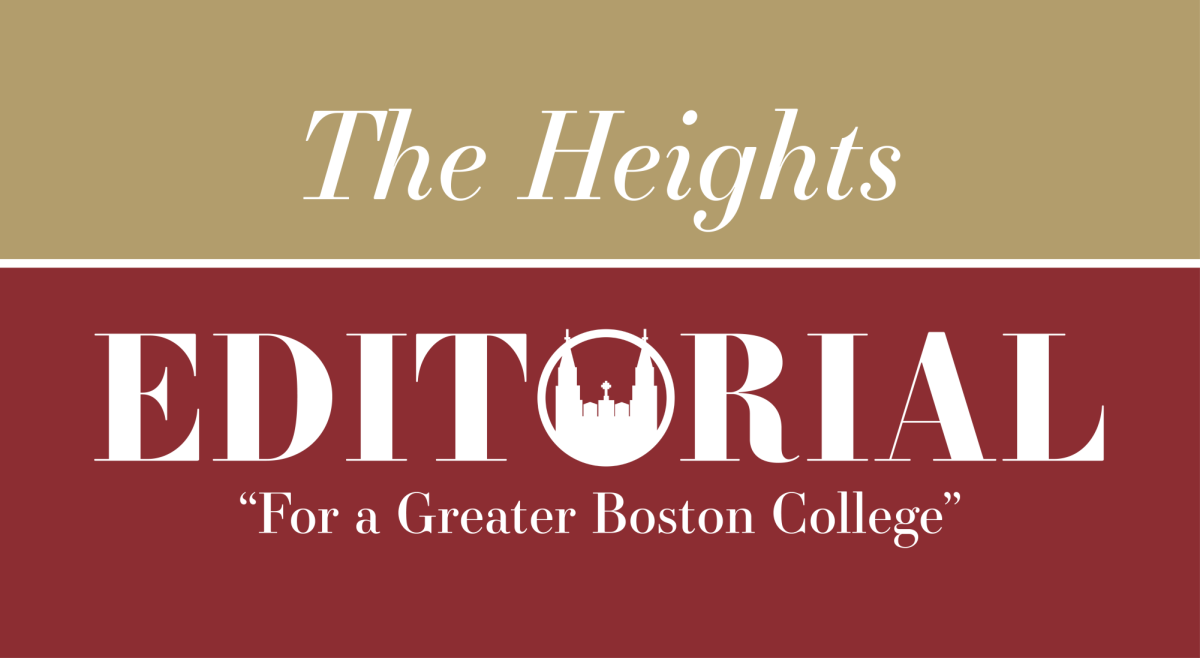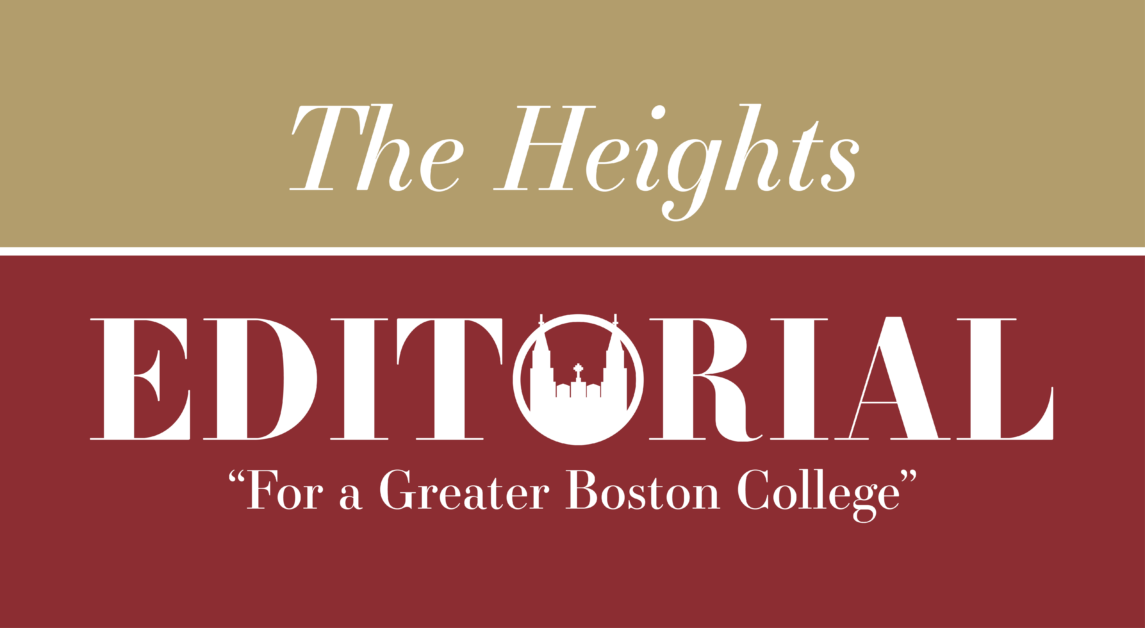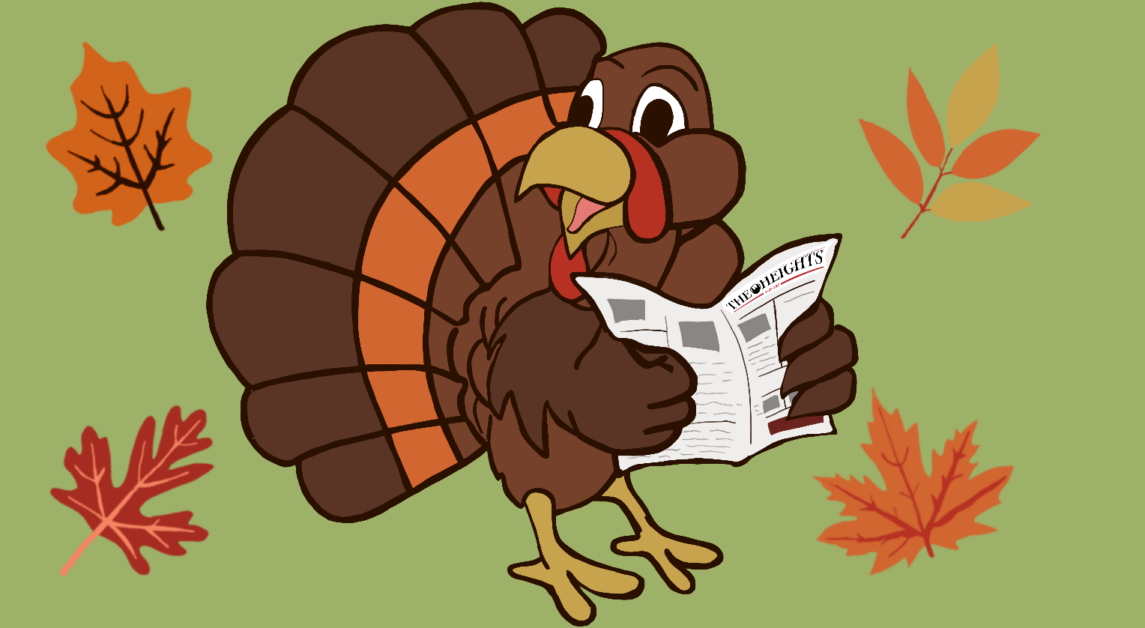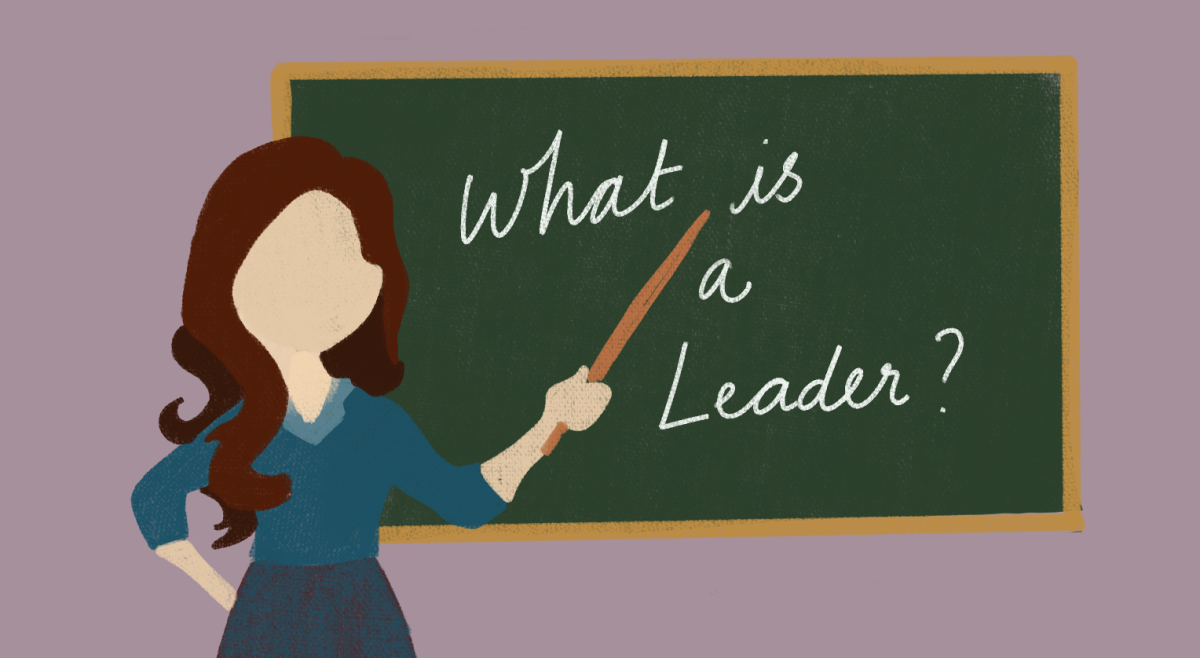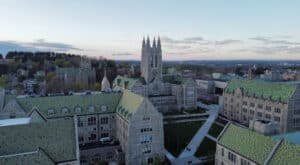Michael Sorkin, CSOM ’21, wrote multiple racially explicit epithets in Welch Hall on Sunday morning after discharging a fire extinguisher and destroying property in Walsh Hall, most notably the dorm’s laundry room, hours earlier. The graffiti was written on the furniture, walls, and blinds in the lounge; the mirror of a bathroom; and the walls of the Welch Hall hallways. The Heights obtained photos of the vandalism, all of which included the racist epithet “n—-s,” and illustrated overtly racist phrases ranging from “ f—k n—-s” to “n—-s are the plague.” These actions are a reprehensible attack against black students on campus and qualify as a hate crime under BC policy, which is defined as a crime “motivated in whole or in part by the offender’s bias toward the victim’s race, religion, disability, sexual orientation, nationality, gender or ethnicity.”
Sorkin—now at risk for expulsion—has been issued a summary suspension and admitted to a local hospital for observation, according to Provost and Dean of Faculties David Quigley’s Monday afternoon letter.
Quigley’s letter, which was addressed and emailed only to faculty members, outlines the timeline of Sunday’s events, thoroughly explaining the progression of Sorkin’s actions. On Sunday afternoon, however, the student body received an email from Interim Vice President for Student Affairs Joy Moore. Contrary to Quigley’s lengthy and detailed address, Moore’s email includes a brief five-paragraph statement that lacks detail and oversimplifies the matter at hand. While Moore’s email was released Sunday when less information was publicly available, her message was not updated in conjunction with Quigley’s letter. Also on Sunday, residents of Walsh and Welch halls received emails from their respective Residential Life administrators on call for the weekend before Moore’s email was released. Both of these emails contained a more detailed description of the events known at the time in comparison to Moore’s address.
If BC is to compartmentalize the responsibility of addressing different populations of its community in this way, the University must, at least, issue equal responses. These actions took place at two different residence halls that house nearly 1,000 undergraduates. Not providing an update to all students—or even just to all residents of these halls—about the specific sequence of events highlights a disjointed administrative response. As a result, it is both logical and unsurprising for students to call for a statement from University President Rev. William P. Leahy, S.J. as a voice against the racist vandalism that took place, and what the University as a whole will do to respond.
While Leahy does not usually respond to events that transpire directly on campus, his lack of a formal statement is nevertheless frustrating for the student body and contrary to the actions of other major university presidents when dealing with bias-related incidents on their campuses.
For example, after police were called on a black Yale graduate student for napping in her dorm’s lounge this past spring, University President Peter Salovey issued a statement. Similarly, when racist slurs were written on black students’ name tags at the University of Michigan last year, University President Mark Schlissel offered an official statement. Moreover, Cornell University President Martha E. Pollack responded directly after a student was physically assaulted by a suspect using racial slurs.
The Undergraduate Government of Boston College (UGBC) called for an emergency meeting that took place on Monday night and centered around the organization’s “Resolution Demanding a Comprehensive Institutional Response to Racism at Boston College.” Although well-intentioned, the resolution is imperfect and at times far-reaching. UGBC calls for the immediate expulsion of Sorkin, despite BC policy requiring all students to be given a disciplinary hearing—a stipulation that Dean of Students Tom Mogan clarified at the meeting. That said, part of the resolution is quite constructive and feasible. UGBC calls for the incorporation of a supplemental essay for BC applicants with a prompt that requires students to describe how they would contribute to an inclusive environment and explain what they think defines an inclusive community. This is an easy, preemptive measure that would solidify BC’s priorities in searching for incoming students.
The gravity of Sunday’s incident is that much greater considering what transpired last year. Back on Oct. 13, 2017, two Black Lives Matter signs were defaced in Roncalli Hall, an action that ultimately prompted the Silence is Still Violence demonstrations later that month. Activism on campus—which has continued this year—was seen as a sign of progress, as was the creation of DiversityEdu and the Student Experience Survey. But those additions are long-term solutions. At the moment, BC must communicate to students a unified response that ensures student safety and well-being.
Students will be leaving campus for Winter Break in the coming weeks—if BC wants them to feel welcome and safe when they return, the University must acknowledge the desire for a unified, supportive response at the highest levels of the administration.
Featured Graphic by Ikram Ali / Graphics Editor


